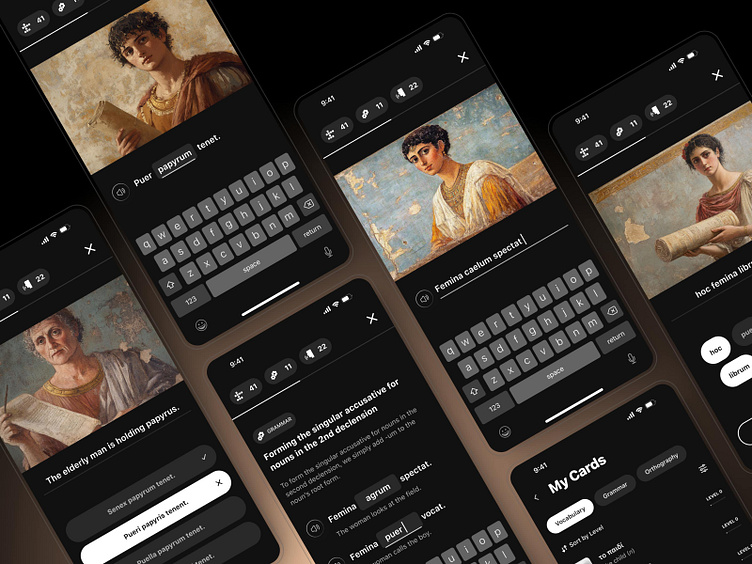Learning Latin with Generative AI • LLMs & Latent Diffusion
Generative AI, specifically large language models (LLMs) and image generation algorithms like latent diffusion, have the potential to help learners of less-commonly-taught languages.
Large Language Models (LLMs)
One relevant application of LLMs is generating text to help explain or teach languages to learners in ways that allow learning to be massively scalable. Given proper training and contextualization, language models can instruct, guide, scaffold, and remediate across all parts of the learning process.
Crucially, this sort of methodology can be used to teach living languages like Spanish and Chinese, but also languages that are no longer anyone's first language, like Classical Latin, Ancient Greek, etc.
Image Generation
Latent diffusion is a class of machine learning algorithms that's primarily used for generating images from text descriptions.
When it comes to learning a language, visual aids help to reinforce learning. For ancient languages, finding appropriate images for visual context can be challenging. For example, there may not be any art that has survived for 2,000+ years which depicts "a child holding two apples" or some such specific activity that is needed for learning or practicing grammar and vocabulary.
Image generation allows us to fill in this visual context gap, providing learners with potentially richer learning experiences.



